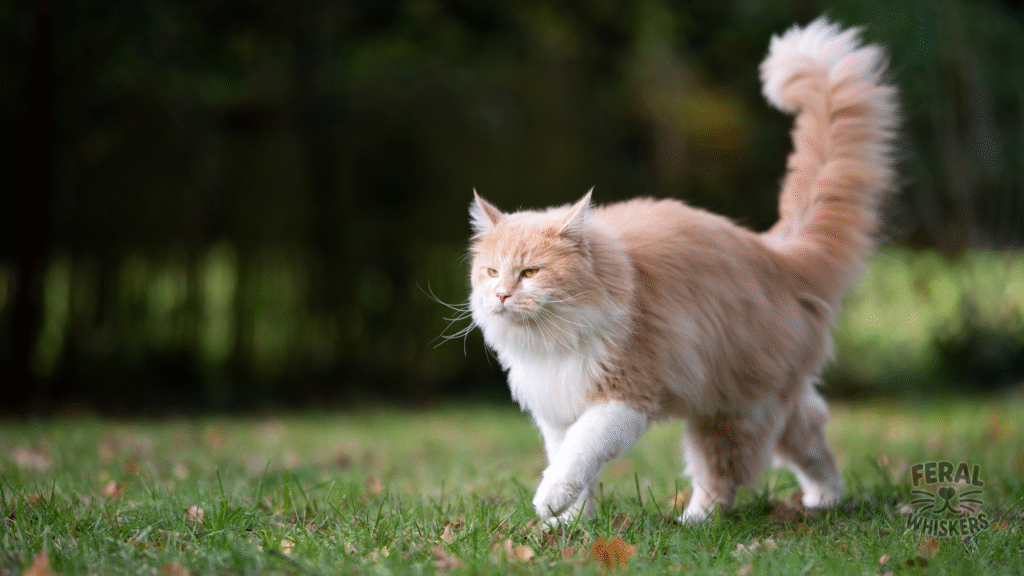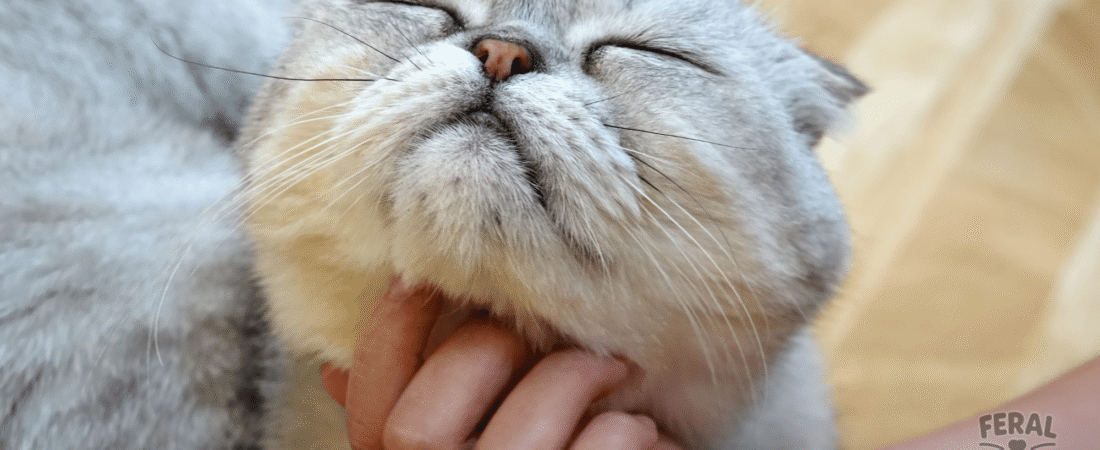📌 Why Cat Communication Matters

Cats are some of the most expressive animals, yet many people still call them “mysterious.” Why? Because felines don’t communicate like humans or even dogs. Instead, cats deliver their messages in layers of subtle body language, sounds, and tiny details that can be easy to miss unless you know what to look for.
Unlike dogs, who wag enthusiastically or bark openly, cats are masters of subtlety. A flick of the tail, the angle of their ears, or the dilation of their pupils is often enough to communicate their entire emotional state. And while meows get a lot of attention, the truth is: cats originally developed them mainly to communicate with us, not with other cats.
👉 By understanding your cat’s language, you:
- Build trust by respecting their signals.
- Know when to stop or continue petting.
- Prevent scratches from overstimulation.
- Detect health issues early, since changes in vocal or body signals often predate physical symptoms.
🦠 The 5 Channels of Cat Communication
1. The Soundtrack of Meows & Vocalizations 🗣️
Adult cats rarely meow at each other — but they gladly develop an entire vocabulary directed toward humans.
- Greeting meows — soft, short: “Hi, glad you’re back!”
- Demand meows — repetitive, loud: “Open the door!” “Feed me!”
- Chirps/trills: invitation to follow (like how mother cats call kittens).
- Chattering: frustration watching prey through a window.
- Yowls & howls: territorial warnings, mating calls, or distress.
- Hiss/growl: defensive “back off.”
💡 Health note: If an older cat suddenly starts yowling at night, it could signal hyperthyroidism or cognitive decline. Always investigate new vocal habits.
2. Eye Language: The Silent Storytellers 👁️
Cats say a lot with their eyes:
- Slow blink: trust and affection — the “cat kiss.”
- Dilated pupils: adrenaline surge from play or fear.
- Narrow slits: irritation or laser focus on prey.
- Unblinking stare: curiosity, dominance, or monitoring you like an FBI agent.
👉 Pro tip: Slow blink back. Cats often return the gesture, deepening your bond.
3. Ear Radar: Mood Antennas 👂
Ears swivel like satellite dishes — showing emotion before the rest of the body reacts.
- Forward: alert, curious.
- Sideways (“airplane ears”): uncertainty, overstimulation.
- Flat back: fear, anger — a clear “stay away.”
- One ear forward, one back: conflicted, taking in multiple stimuli.
💡 Early warning: If ears start rotating or flattening while being pet, you’re close to the cat’s “limit.” Respecting that signal prevents a swat.
4. Whiskers: Subtle Mood Clues 🐾
Whiskers = not just face decorations, but sensory tools deeply embedded in nerves.
- Forward: hyper-focus; hunting mode.
- Relaxed sideways: calm, neutral.
- Pulled back against face: stressed or fearful.
- Twitching: in deep play, dream, or aroused hunting state.
💡 Whisker fatigue: Cats forced to eat from narrow bowls may experience discomfort — switching to wide, shallow dishes eases stress.
5. Putting It Together: The Full-Body Sentence 🐈⬛
One cue = a “word.”
All cues = the sentence.
- Playful trust: Upright tail, forward ears, dilated eyes, whiskers pointed out. → “Game on, I feel safe.”
- Fear: Puffed tail, dilated eyes, ears flat, whiskers pinned. → “I’m defensive — give me room.”
- Overstimulated: Lashing tail, narrowed pupils, ears sideways. → “I’m done — don’t push me.”
- Calm love: Tail curled, slow blinking eyes, relaxed whiskers. → “This is home, and you’re my family.”
🌿 Practical Applications
- During Petting: Watch for tails twitching or ears sliding back — these are polite warnings that your cat is reaching its limit. Stop now, and your cat will trust you more next time.
- In Multi-Cat Homes: You can see fights forming early. A puffed tail or fixed stare often signals tension. Intervene gently with distraction.
- In Training: Use slow blinks, gentle words, and respect of boundaries. Cats trained with love and respect learn faster.
- For Health Awareness: Sudden voice changes, drooping eyes, or pulled-back whiskers may reveal discomfort or illness long before obvious symptoms show.
❓ FAQs
Q1: Is this body language universal for all cats?
Yes — the basics are instinctual, though individuals and breeds have quirks. Siamese are famously vocal; Maine Coons chirp more than meow.
Q2: Can cats really “lie” with signals?
Not exactly — but they can give mixed signals (e.g., enjoying belly rubs and feeling the need to playfully bite). These aren’t lies, but overlapping instincts.
Q3: Can I speak back?
Absolutely. Cats respond to tone, soft words, slow blinks, and respecting cues. They learn you’re a partner who listens.
💡 Final Thoughts
Cats may not “talk” like people, but they have a rich communication system designed for those patient enough to learn it. Their tails set the mood, their eyes share emotions, their ears reveal focus, and their whiskers give away intent. Each part is meaningful. But when combined, they tell you the whole truth.
✅ Key takeaway: Instead of guessing, start reading. Respond to their signals with respect and affection, and you’ll notice your cat becoming even more loving, relaxed, and bonded to you.

